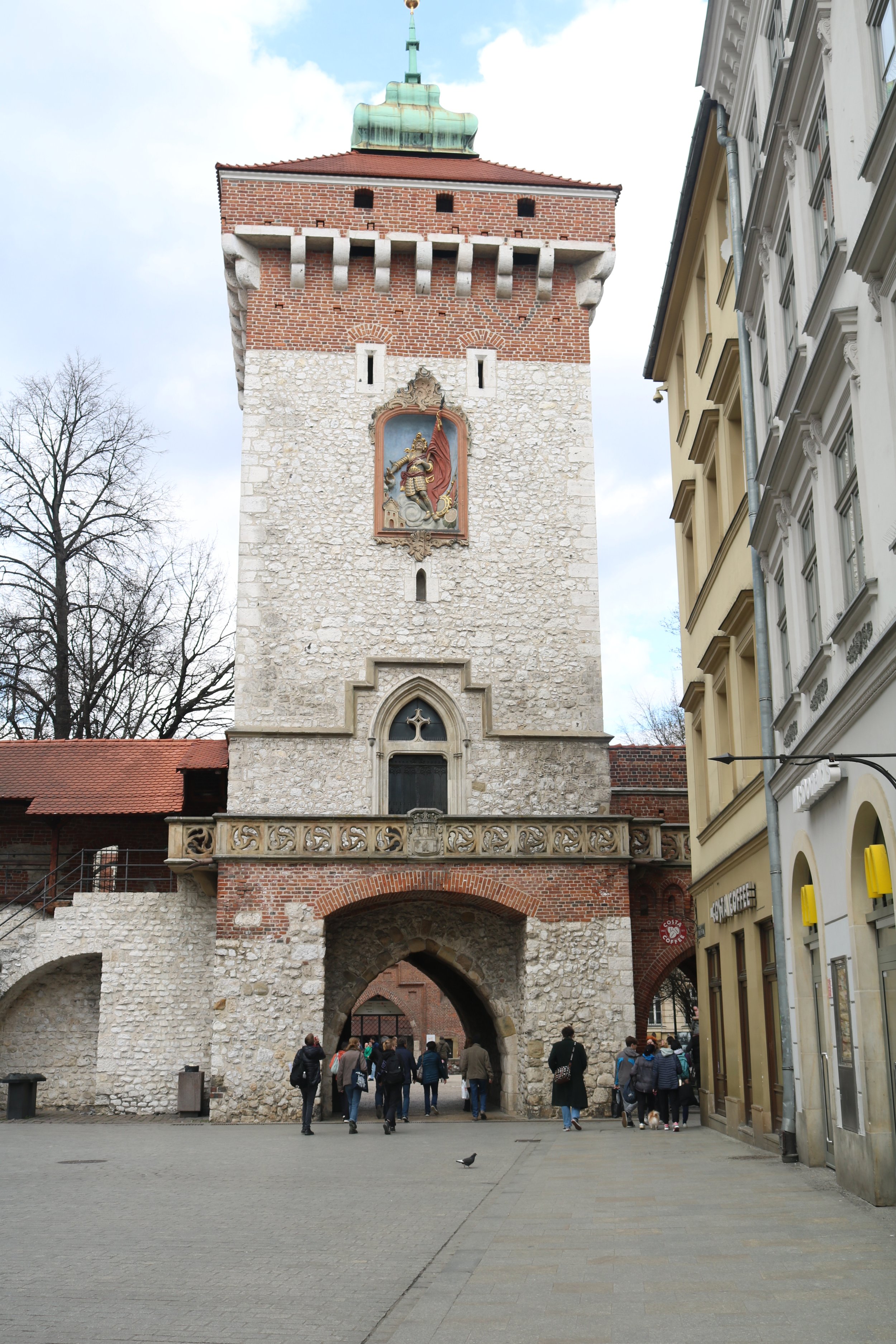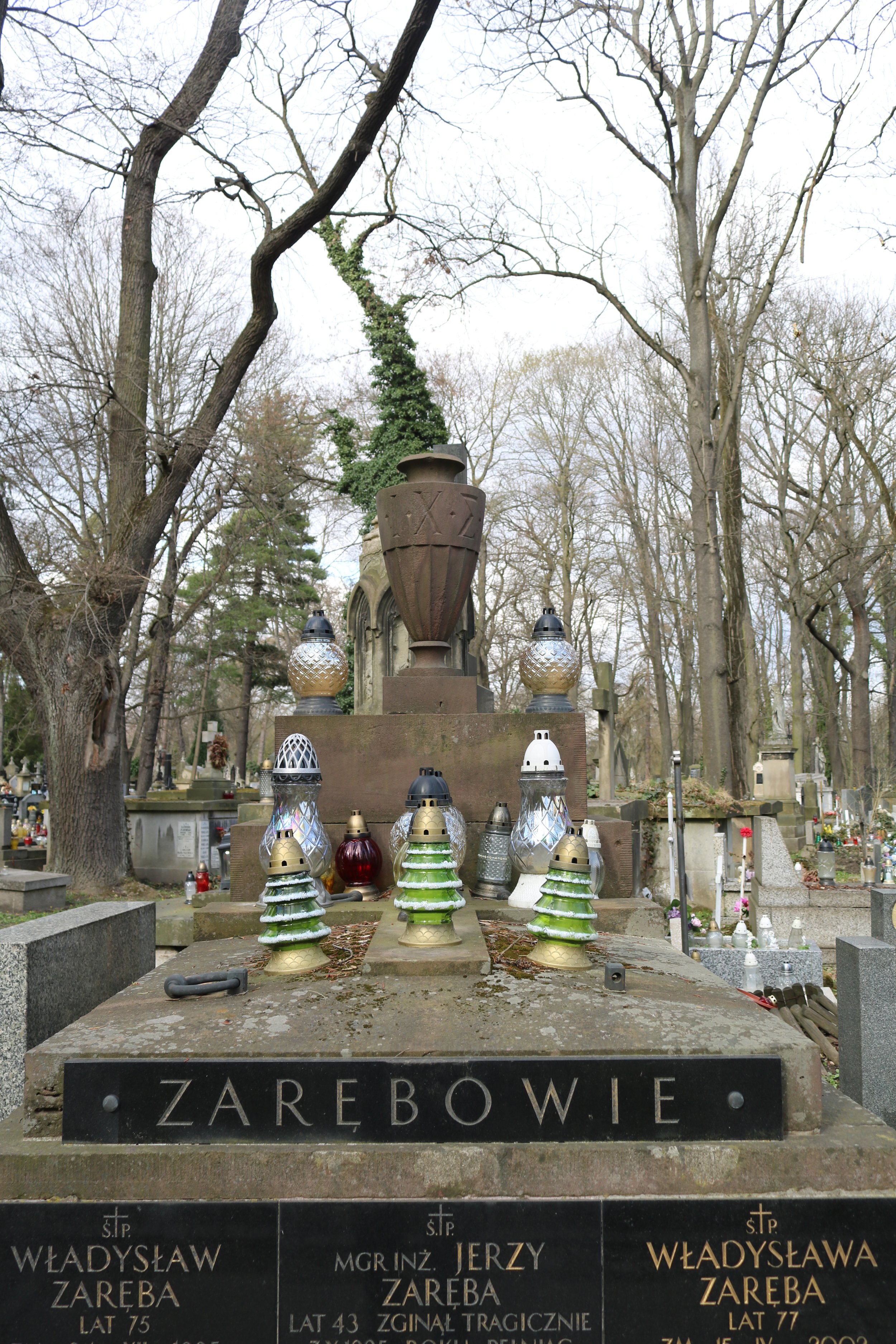Day 1 - Travel Day
It was an early start to the day - up with the alarm at 4:30am to get to London Gatwick in good time. The airports in the UK have been in the news a fair amount the last few days. Staff shortages at security and no baggage handlers have meant some people have queued for over 4 hours to check-in for their flights.
To ease the burden, EasyJet (my chosen carrier) was cancelling lots of flights. So I wasn’t sure until I woke up this morning if I would even be travelling! Anyway, all good and I was at the airport by 6:30, breezed through security, and treated myself to a Wetherspoons Vegan breakfast and coffee. Delicious.
The flight was great - I had a spare seat next to me and I read and dozed for (what felt like) ten minutes, and we were landing in Poland! I followed the sign in the airport to the train station, and bought myself a ticket for the train to the centre of Krakow. You can’t really go wrong, as most of the trains run from the airport to the town, not beyond, so you can’t really miss the stop and end up in Warsaw.
The train terminates in a huge shopping centre. It has all the usual - Cafe Nero, Dominoes, KFC, Burger King, Zara - very few non-global chains. I sped through and within ten minutes of following my little PAPER map, I was at my hotel. The Hotel Polski Pod Bialym Orlem. It’s absolutely lovely. Inside the walls of the old town, so no traffic, and the room is beautiful. Pefect for little ol’ me for four nights.
A little history about Krakow - in bullet points
It is one of the oldest towns in Poland, dating back to the Stone Age
In 1038 Kraków became the capital of Poland, with Wawel Royal Castle becoming the residence of Polish kings
It was invaded three times by the Mongolians, so in 1287 the city was surrounded by 3 kilometres of defensive walls, towers and gates
Between 1386 and 1572 Kraków experienced its ‘golden age.’ Talented artists, humanists and scientists arrived from Renaissance Italy and Germany to create impressive new buildings, sculptures and frescos
In 1846 the city was absorbed into Austria. Under Austrian occupation, Kraków’s fortified city walls were levelled – with the notable exceptions of the section around the Floriańska Gate (where I am staying) and the Barbican – and the Planty park was created where the walls and moat once stood
When the First World War broke out, Kraków was besieged by Russian troops forcing many residents to flee the city. Kraków became the first Polish city liberated from Austrian rule on October 31st, 1918.
Twenty years later in September 1939, Nazi German forces entered Kraków, setting up command of their ‘General Government’ (the Nazi term for the occupied Polish lands slated to be purified and incorporated into the Rhineland) in Wawel Castle.
The Jewish population was ejected into a ghetto whose population fluctuated between 15,000 and 18,000
The ghetto was liquidated in 1943 with its occupants shot where they stood, sent to work in Płaszów or sent to their deaths in nearby Auschwitz.
Kraków was liberated on January 18th 1945. At this point, Warsaw became the capital of Poland - sad times
Following WWII, German occupation was almost seamlessly replaced with Soviet occupation
Almost forty-five years of communism followed, but with the Pope's support, the Solidarity independent trade union gathered enough momentum to force free elections in 1989 in which Lech Wałęsa became the first post-communist president of Poland
Lesson over. I basically wanted you to be able to picture that I am inside those old walls that have mostly lasted through all those changes.
The Florian Gate
I quickly unpacked and made my way out of the hotel to head for the cemetery.
A cemetery I hear you ask? Andrew and I first visited a cemetery on a European trip after he had read a book called ‘The Hat of Victor Noir’. Victor Noir was a real person is buried in Pere Lachaise Cemetery in Paris, so we decided to try and find it. It was a fascinating place, they have a whole area where feral cats live. Also, Victor’s (ahem) personal areas are rubbed to quite a shine!
Anyway, I digress - since then we’ve been to a few cemeteries in other countries and they are all different. Obviously they are based around religions, but they also give an insight into the people that live in that place (and I don’t mean the dead ones).
So off I set, walking the really lovely streets, watching the trams, looking in shop windows, and 20 minutes later I was at Rakowicki Cemetery. The first burial was in 1803 after a health and safety initiative to stop inner-city churches from burying the dead in their small grounds. So one huge area was set aside for this. Oh my gosh, it is HUGE.
The Polish are predominately Roman Catholics and they take their mourning and respect for the dead very seriously indeed. There were huge gravestones, mausoleums and sort of trap doors just in case someone tries to get out! It was a very peaceful walk around for about an hour.
Next to the cemetery was..another one! Two for one! This was called Cmentarz Wojskowy.
Krakow did not always have a separate military cemetery. The fallen and deceased soldiers were buried at the Rakowicki Cemetery. After WWI there were more than 9,000 soldiers are buried there.
This situation forced the municipal and military authorities to act and in 1920, on the site of the former military exercise site a small military cemetery of 10 square metres was built. The first people buried here were the deceased soldiers and officers of the Polish Army and their family members.
After 1945, the city began to manage the cemetery, the soldiers' burials were cleaned up, exhumations were carried out and separate quarters of soldiers from various armies were created, the cemetery was expanded and civilians began to be buried there, and the numbering of the plots was a continuation of the numbering of the Rakowicki Cemetery. It did have a much more military feel - less over-the-top tombs and more simple crosses with no name.
Feeling in need of some life, I walked the long walk back to the Old Town and the main square. I just took a few pictures and took in the atmosphere, and I will be going back there once I know which buildings are which.
I had a shower and freshen up - a chat with Andrew and Oli (who are skiing in France) and then went out to a restaurant I had seen earlier called Glonojad. A VEGETARIAN restaurant. Most people that knew I was going here wished me luck finding any vegetarian food. But I proved them wrong. I’ve looked at about ten restaurants so far and they all have at least three veggie options.
I ordered vegan dumplings and a glass of house white wine. The meal came with a choice of salads, from which I could pick two. So I had cabbage and raisins alongside carrot and pine nuts. It was all absolutely delicious.
Back to my room now, after a little walk around the old town again. I saw a group of Ukrainians peacefully protesting in the square, and they had a lot of support. I have seen no evidence of refugees here, apart from the bus stops which all say ‘you have now crossed the border into Poland’
I’ve had a long day, but a very happy one. Krakow is blooming lovely.
Night night - don’t have nightmares
Someone tried to make a run for it
















